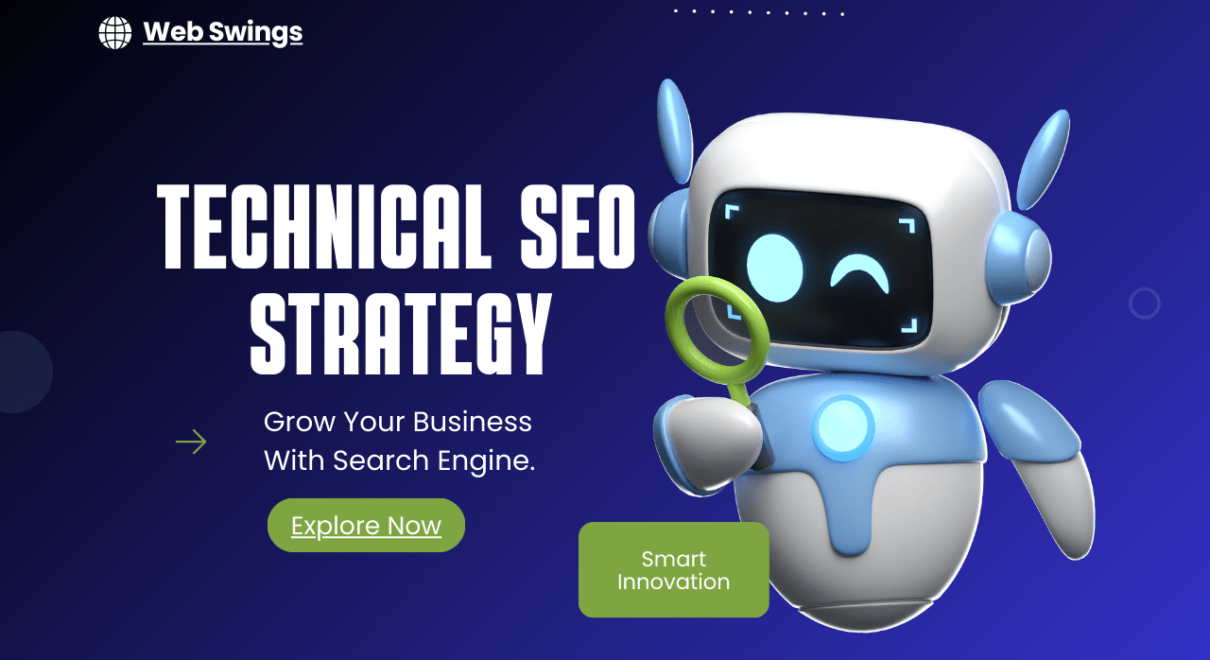Technical SEO Best Practices: Enhancing Discoverability, Crawlability, Indexability, and Rankings
Introduction
Technical SEO is an ongoing process that ensures your Website’s Technical foundation is performing at its best, aiming for optimal Search Engine Rankings. This involves improving discoverability, crawlability, indexability, and user experience. By following best practices, you can enhance your website’s visibility and performance on Search Engines. For Businesses seeking SEO Services in Hyderabad, focusing on Technical SEO is crucial for staying ahead of the Competition.
What is Technical SEO?
Technical SEO refers to optimizing your website’s infrastructure to ensure search engines can easily find, crawl, and index your content. It lays the foundation for your site’s visibility and ranking on Search Engine Results Pages (SERPs).
4 Pillars of Technical SEO
Discoverability
Crawlability
Indexability
User Experience
Discoverability: Ensuring Search Engines Find Your Site
How to Optimize Discoverability?
Optimize Site Architecture: Implement a logical site structure with topic clusters, pillar pages, and subfolders to enhance search engine bots’ ability to navigate and index your site’s most important content.
Improve Your Internal Link Structure: Design a user-friendly internal link structure that prioritizes key content, helping search engine bots efficiently discover new updates while enhancing user experience.
Create an XML Sitemap: Maintain a clean, up-to-date, and optimized XML sitemap to help Google efficiently find and navigate your site’s URLs, with regular audits to ensure new pages are indexed promptly.
Request Indexing Through IndexNow: Utilize IndexNow to notify search engines like Bing and Yandex of page additions, updates, or deletions, ensuring timely SERP reflection.
Leverage Google’s Indexing API: Use Google’s indexing API to directly notify Google of updates or additions to specific content types, facilitating faster discovery and potentially improving traffic through scheduled fresh crawls.
Crawlability: Facilitating Search Engine Navigation
What is Crawlability and Why is it Important?
Crawlability refers to how easily search engines can access your site and pages through content they’ve already discovered. Efficient crawling ensures that your pages get indexed faster, contributing to better SERP rankings.
How to Optimize for Crawlability?
SEO-Friendly URL Structure: Develop short, descriptive, and consistent URLs that are easy for both users and search engines to understand.
Optimize Your Crawl Budget: Ensure efficient use of your crawl budget by addressing issues like duplicate content, poor internal linking, and slow-loading pages.
Avoid Crawler Traps: Prevent structural issues within your website that result in crawlers finding a virtually infinite number of irrelevant URLs.
Avoid Duplicate Content: Eliminate duplicate content, ensuring that only one URL for each unique set of content is indexed.
Improve Site Speed: Optimize site speed through image optimization, minimizing redirects, and testing with tools like Google Page Speed Insights.
Indexability: Ensuring Accurate Search Engine Indexing
How to Optimize for Indexability?
Optimize Your Heading Structure: Send signals to search engines about the importance of the content on your page, and inform users about the most relevant content.
Canonicalization: Send consistent signals to Google about the canonical version of your content to reduce risks of keyword cannibalization and duplicate content.
Implement Schema: Provide context about your content, making it easier for search engines to understand.
Optimize JavaScript SEO: Ensure essential elements such as main navigation and metadata are accessible without relying heavily on JavaScript.
Implement the Hreflang Attribute: Ensure that your audience is shown the correct content based on their region and/or language.
User Experience: Enhancing Engagement and Satisfaction
How to Optimize for User Experience?
Optimize Core Web Vitals: Provide a smooth user experience on your website through the optimization of Largest Contentful Paint (LCP), First Input Delay (FID), and Cumulative Layout Shift (CLS).
Improve Your Website’s Accessibility: Ensure your website fully operates on different devices, in different regions, and for all users, including those with disabilities.
Tools for Technical SEO
Google Search Console: For monitoring and troubleshooting your site’s presence in Google Search results.
Screaming Frog SEO Spider: For auditing and analyzing your site’s technical SEO.
Google PageSpeed Insights: For analyzing and optimizing your website’s speed.
Ahrefs Site Audit: For comprehensive technical SEO audits.
By focusing on these technical SEO best practices, Businesses in Hyderabad can significantly enhance their website’s performance, ensuring better rankings and increased visibility on search engines.




